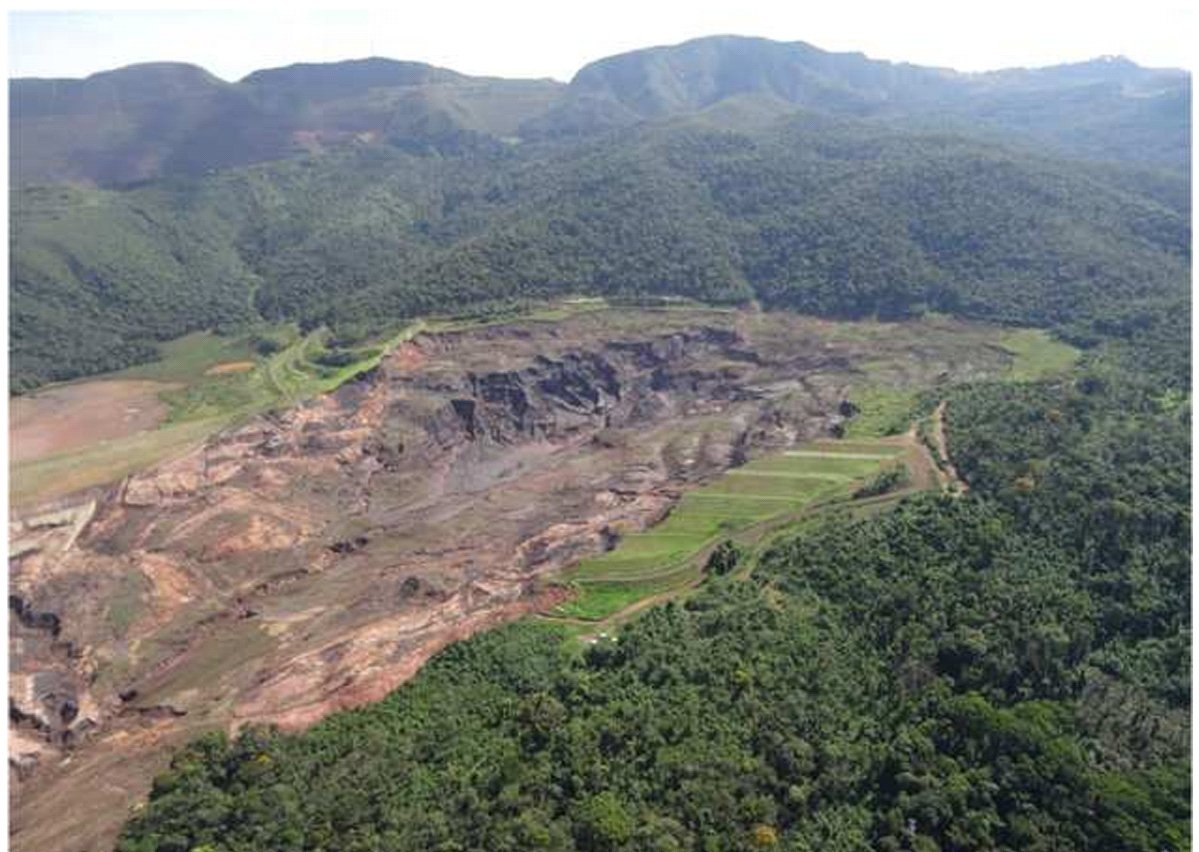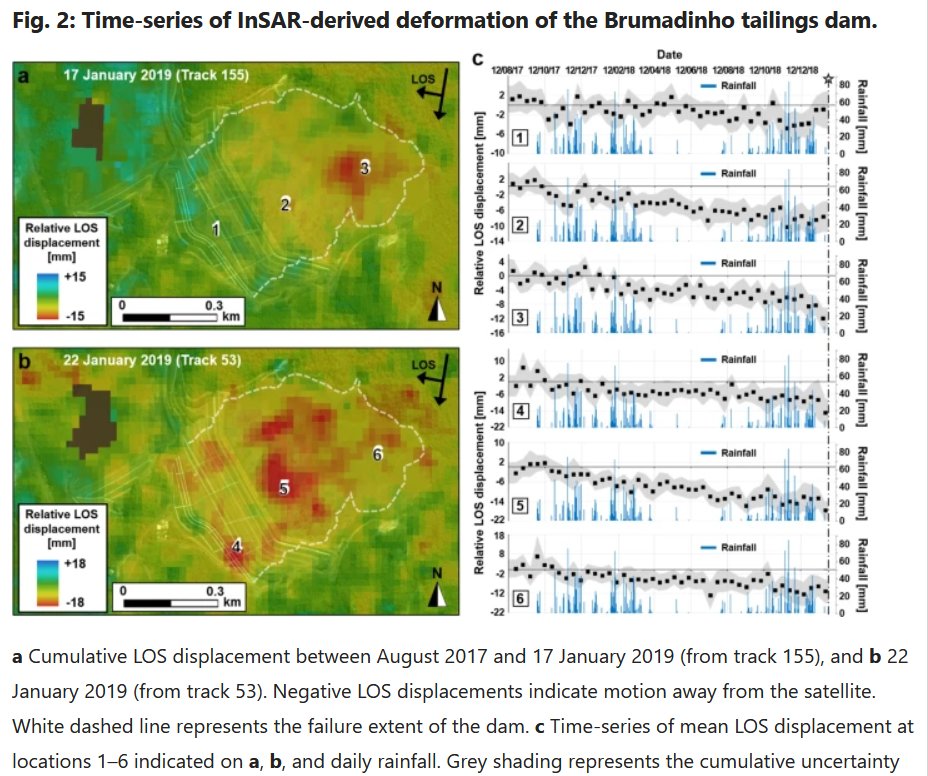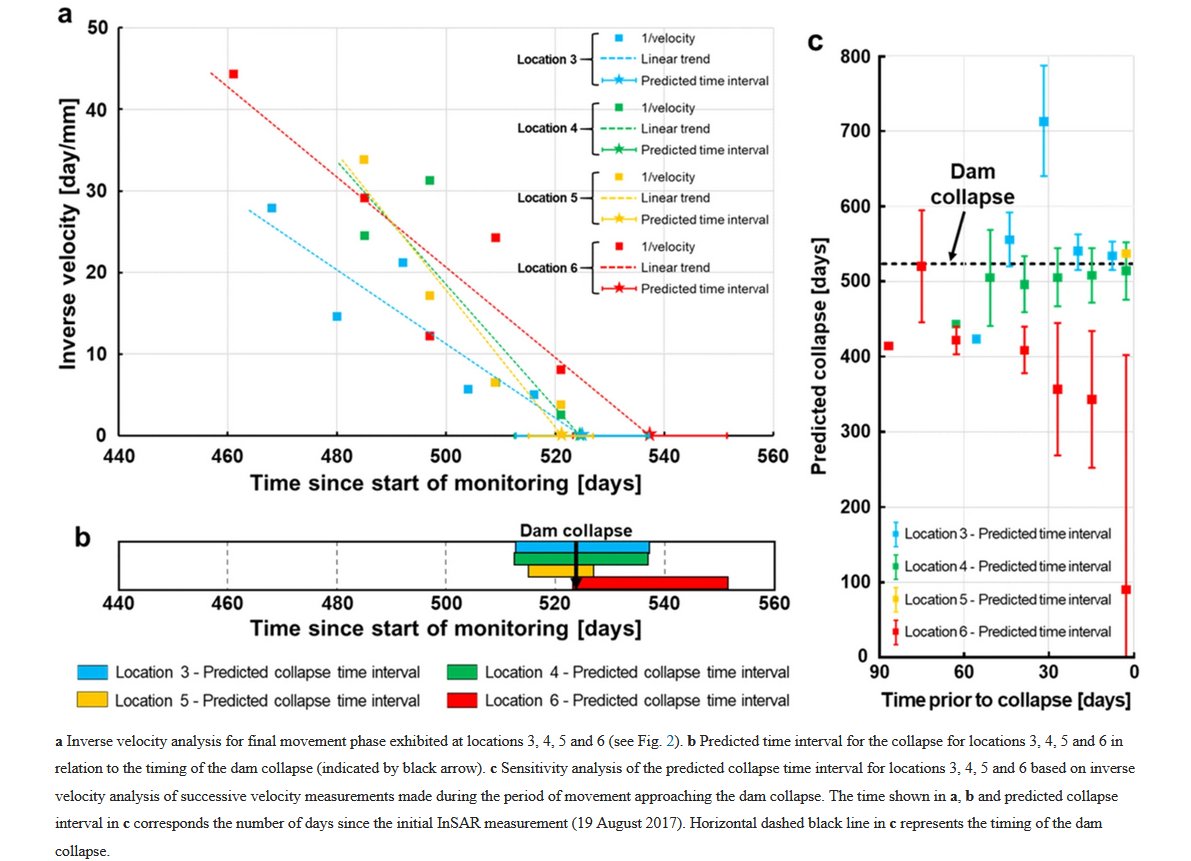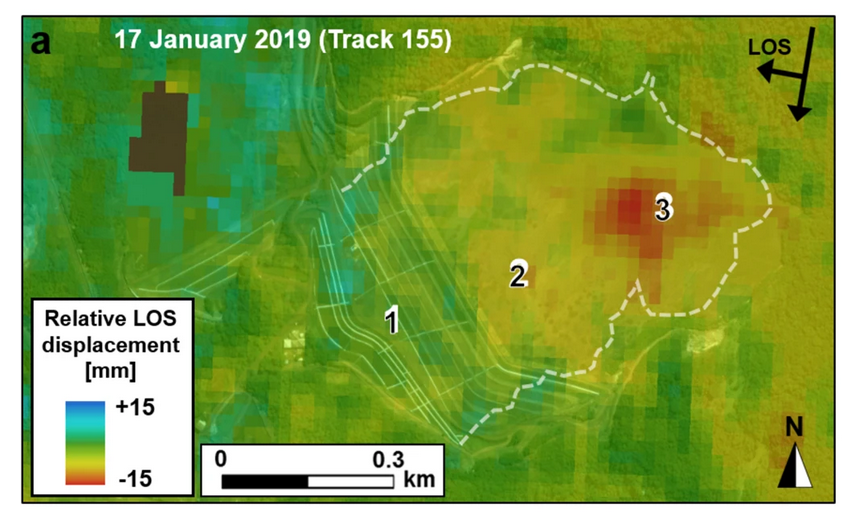Today is the first anniversary of Vale's Brumadinho tailings dam failure in Brazil, one of the world's worst. Best thing so far has been @BBCWorld managing to pronounce 'Vale' nearly correctly. (Hint: It isn't Spanish).
My real time thread: https://twitter.com/Gergyl/status/1088958653497933824?s=19
My real time thread: https://twitter.com/Gergyl/status/1088958653497933824?s=19
The failure video I posted there is gone from the y-tubes, but there's a copy below. I've since been told that the reason there's an excellent video is that they were seriously concerned about the structure, which if true is incredibly damning -- 270 died. https://www.abc.net.au/news/2019-02-02/brazil-dam-collapse-captured-in-dramatic-footage/10773634
I see the CEO has just been charged with homicide. https://www.latimes.com/business/story/2020-01-25/vale-brumadinho-brazil-mining-dam-disaster
Seems the learned investigation report came to much the same conclusion I did the day of the failure (note the ~one day time difference). What a surprise.
(I haven't read the report yet.) https://www.miningmagazine.com/geomechanics-ground-control/news/1377859/brumadinho-dam-failure-due-to-poor-drainage-according-to-vale-report
(I haven't read the report yet.) https://www.miningmagazine.com/geomechanics-ground-control/news/1377859/brumadinho-dam-failure-due-to-poor-drainage-according-to-vale-report
Report is available here BTW (below). As usual, is an interesting review panel. Even more interesting is that it includes none of the players from Samarco. Know them all here again, more or less, or at least know of them.
http://www.b1technicalinvestigation.com
http://www.b1technicalinvestigation.com
Robertson is the CPT guru (hence liquefaction), de Melo is the FLAC guy (one of the standard analysis codes), Ward Wilson is an all-round genius (this is not that anti-nuke guy), and Dave Williams is a l'lle olde Prof from Brisbane (UQ). Will do. Lets see what they said.
Got sidetracked from this thread a year ago, but here's an interesting addition. They reckon they can post-predict the Brumadinho failure from hi-res radarsat remote sensing. Pretty remarkable (open access): https://www.nature.com/articles/s43247-020-00079-2
This sort of acceleration analysis ('inverse velocity', from rock slope stability) shouldn't work well for a contractive-shear material like mine tailings ... but it does!
Because hyper-loose materials like deposited tailings want to contract when they shear, but if saturated, can't (the water!), so rapidly generate high internal pore water pressures, reducing the effective intergranular stress, therefore also reducing the friction...
...And therefore also the bulk ('undrained') strength. So it cascades (sorry...): Shear -> pore pressures -> reduced material strength -> much more shear -> sudden ('brittle') failure.
You're not supposed to get weeks of warning from displacement measurements -- once it moves a bit, it just fails. Except seems we did.
The location of movement is also odd -- way up in the back of the storage, weeks before the failure. This (below) is movement since 2017, but note the late acceleration; failure was on 25 Jan 2019. Suggests, initially at least, a long flat non-circular displacement mechanism.
...Even though the final failure of the dam face is obviously nearly circular. Here's a grab from the failure video -- dark bit at the top is the slip headscarp, located in the classical position just behind the crest of the dam.
Slo-mo vid (the thing keeps disappearing at my old links):

 Read on Twitter
Read on Twitter







